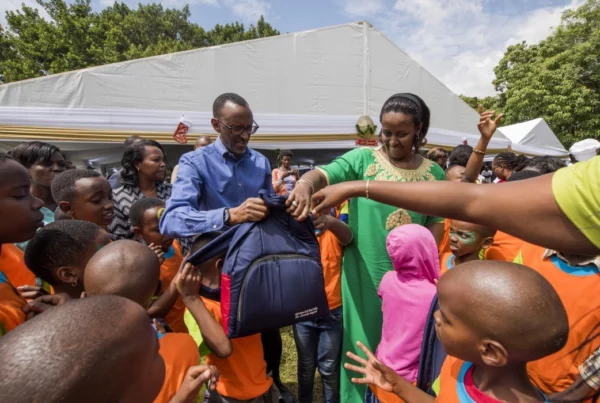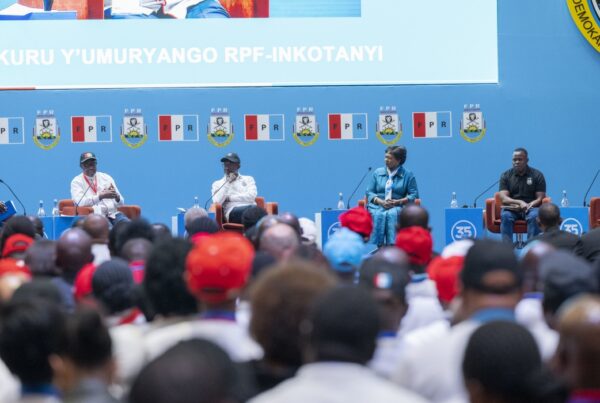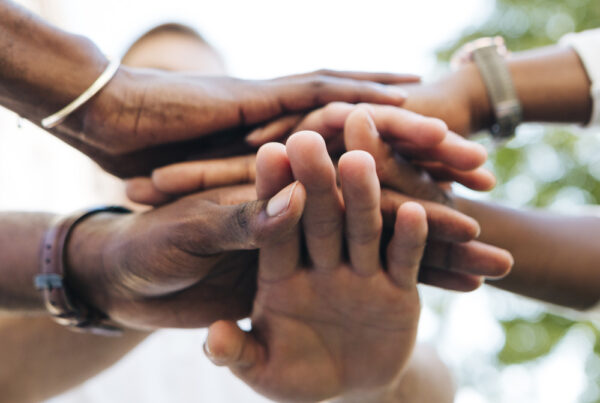February 26, 2021
When you come to think of the scare that this peril of a pandemic throws at us, you should never lose sight of the fact t that things could have been worse; much worse.
For one, we have more means today, modest though they may be, than any time in history.
For another, we are not alone. The whole world is grappling with this never-before encountered monster that knowns no mendicant nor mogul. And we are not the gutless man who sobs about being socked alone when he was in the company of others, in the rain, as Rwandans say.
Anyway, suppose, trepidation of all trepidations, this pandemic had struck this land just after 1994!
The thought of it alone sends a cold shiver down your spine, I bet, as it does down mine.
Now, those were shambolic, lonesome and penniless, if not moribund, times. The economy was dead and the old, tyrannical government in flight, though assisted by a superpower whose strategy was retreat for re-enforced reversal of their all but obvious defeat.
The RPF liberation movement hit the ground running to put together a government of national unity with whoever was available. But what could a minor and lonely government do in the face of the impossible? To say the odds were totally stacked against them is an understatement.
More than a million souls lay dead, at the hands of the fleeing génocidaire government and its armed forces with accompanying militias, their killing implements bearing testimony to their gory crime. And practically relocating the whole population, to create a void for the incoming liberators.
Apart from the people who formed government and the few citizens who were still around, the country was empty. The situation was stranger than fiction.
There were “case-loads” of refugees who needed to be settled, apart from other Rwandans barricaded in camps as internally displaced persons. Let alone governing these “caseloads” and “IDPs”, how in this untended land do you feed them?
And, you may ask, what the dickens were these “caseloads”? It was an incomprehensible phenomenon that had never been encountered anywhere.
There was a wave of returnees who had fled persecution at the hands of different regimes from 1959 through to 1994, the culmination of the Genocide against the Tutsi. That was the “old caseload” of refugees who had to be settled back in their land.
The “new caseload” of refugees included those who sneaked away from the old government where it was holed up across the border, plus those coaxed to return, or snatched from the old forces if other means failed.
These old forces, in their encampment across the border, also held them hostage for another reason. The refugees acted as a reservoir to draw insurgent-recruits from.
The “internally displaced persons” were a group of would-have-been “new caseload” of refugees who were placed in designated areas inside this country. These, interestingly, were heavily and possessively guarded by the remnants of UN peacekeepers against the new government.
Remember, the bulk of this peacekeeping force had cut and run during the raging Genocide against the Tutsi, at the command of the UN headquarters. How the UN now gathered the pluck to give an order to defend that group of Rwandans remains a mystery to this day. Me, an idea teases my mind about the UN having been complicit in that void-creation intent.
Sometimes absurdity has no limits!
That apart, from internal camps, from neighbouring countries and from far and wide people were pouring in, seeking organised resettlement.
Tell me, suppose this pandemic had struck during this pandemonium, would Rwanda have had a survivor to tell the tale? Wouldn’t this be a land of vultures, rejected by even the greediest of land grabbers (like our neighbour to the north?)
True, nobody wishes for the loss of one single soul, after this horrible history.
But think about it. Today, at the airport a robot chides any careless person who ignores a single Covid-19 prevention guideline. Where it would be hazardous for doctors to take the readings of the state of patients, robots are indefatigably at their service at all times.
A Covid-19 patient in the remotest part of this land who needs some saving medicine pronto, a drone will drop it at his bedside in less than a jiffy.
And now that vaccines are here, if you are in the high-risk groups and have chosen to live in the womb of Mother Nature, say in an inaccessible part of the Nyungwe National Park forest, a drone will gently lower your dose onto your lap, if you can direct your jab in the muscle of your upper arm.
We are only pointing out these few technological methods as part the many ways this pandemic is being combatted. But in a world where no less than doctors die for lack of surgical masks, these humble initiatives are a pointer to how an erstwhile brutalised country has bounded to a high level.
Covid-19 is here, yes, but there is light at the end of the not-so-long tunnel and none need be shaken.



